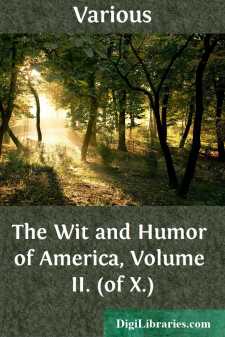Categories
- Antiques & Collectibles 13
- Architecture 36
- Art 48
- Bibles 22
- Biography & Autobiography 813
- Body, Mind & Spirit 142
- Business & Economics 28
- Children's Books 15
- Children's Fiction 12
- Computers 4
- Cooking 94
- Crafts & Hobbies 4
- Drama 346
- Education 46
- Family & Relationships 57
- Fiction 11829
- Games 19
- Gardening 17
- Health & Fitness 34
- History 1377
- House & Home 1
- Humor 147
- Juvenile Fiction 1873
- Juvenile Nonfiction 202
- Language Arts & Disciplines 88
- Law 16
- Literary Collections 686
- Literary Criticism 179
- Mathematics 13
- Medical 41
- Music 40
- Nature 179
- Non-Classifiable 1768
- Performing Arts 7
- Periodicals 1453
- Philosophy 64
- Photography 2
- Poetry 896
- Political Science 203
- Psychology 42
- Reference 154
- Religion 513
- Science 126
- Self-Help 84
- Social Science 81
- Sports & Recreation 34
- Study Aids 3
- Technology & Engineering 59
- Transportation 23
- Travel 463
- True Crime 29
Scandinavian influence on Southern Lowland Scotch
Categories:
Description:
Excerpt
PREFACE.
This work aims primarily at giving a list of Scandinavian loanwords found in Scottish literature. The publications of the Scottish Text Society and Scotch works published by the Early English Text Society have been examined. To these have been added a number of other works to which I had access, principally Middle Scotch. Some words have been taken from works more recent—"Mansie Wauch" by James Moir, "Johnnie Gibb" by William Alexander, Isaiah and The Psalms by P. Hately Waddell—partly to illustrate New Scotch forms, but also because they help to show the dialectal provenience of loanwords. Norse elements in the Northern dialects of Lowland Scotch, those of Caithness and Insular Scotland, are not represented in this work. My list of loanwords is probably far from complete. A few early Scottish texts I have not been able to examine. These as well as the large number of vernacular writings of the last 150 years will have to be examined before anything like completeness can be arrived at.
I have adopted certain tests of form, meaning, and distribution. With regard to the test of the form of a word great care must be exercised. Old Norse and Old Northumbrian have a great many characteristics in common, and some of these are the very ones in which Old Northumbrian differs from West Saxon. It has, consequently, in not a few cases, been difficult to decide whether a word is a loanword or not. Tests that apply in the South prove nothing for the North. Brate rightly regarded leÐâ¬ÐÑÐâ¬ÐÑkenn in the Ormulum as a Scandinavian loanword, but in Middle Scotch laiken or laken would be the form of the word whether Norse or genuine English. Certain well-known tests of form, however, first formulated by Brate, such as ou for O. E. ea, or the assimilation of certain consonants apply as well to Scotch as to Early Middle English. The distribution of a word in English dialects frequently helps to ascertain its real history, and may become a final test where those of form and meaning leave us in doubt. In the study of Norse or Scandinavian influence on Lowland Scotch the question of Gaelic influence cannot be overlooked. The extent of Norse influence on Celtic in Caithness, Sutherland and the Western Highlands, has never been ascertained, nor the influence of Celtic on Lowland Scotch. A large number of Scandinavian loanwords are common to Gaelic, Irish, and Lowland Scotch. It is possible that some of these have come into Scotch through Gaelic and not directly from Norse. Perhaps faid, "a company of hunters," is such a word.
There are no works bearing directly on the subject of Scandinavian elements in Lowland Scotch proper. J. Jakobsen's work, "Det Sprog på Shetland," has sometimes given me valuable hints. From Brate's well-known work on the Ormulum I have derived a great deal of help. Steenstrup's "Danelag" has been of assistance to me, as also Kluge's "Geschichte der englischen Sprache" in Paul's Grundriss, the latter especially with regard to characteristics of Northern English....












